TCC Launched the Total Climate Series of Low-carbon Construction Materials
TCC Launched the Total Climate Series of Low-carbon Construction Materials
2023.10.30
-
Copied
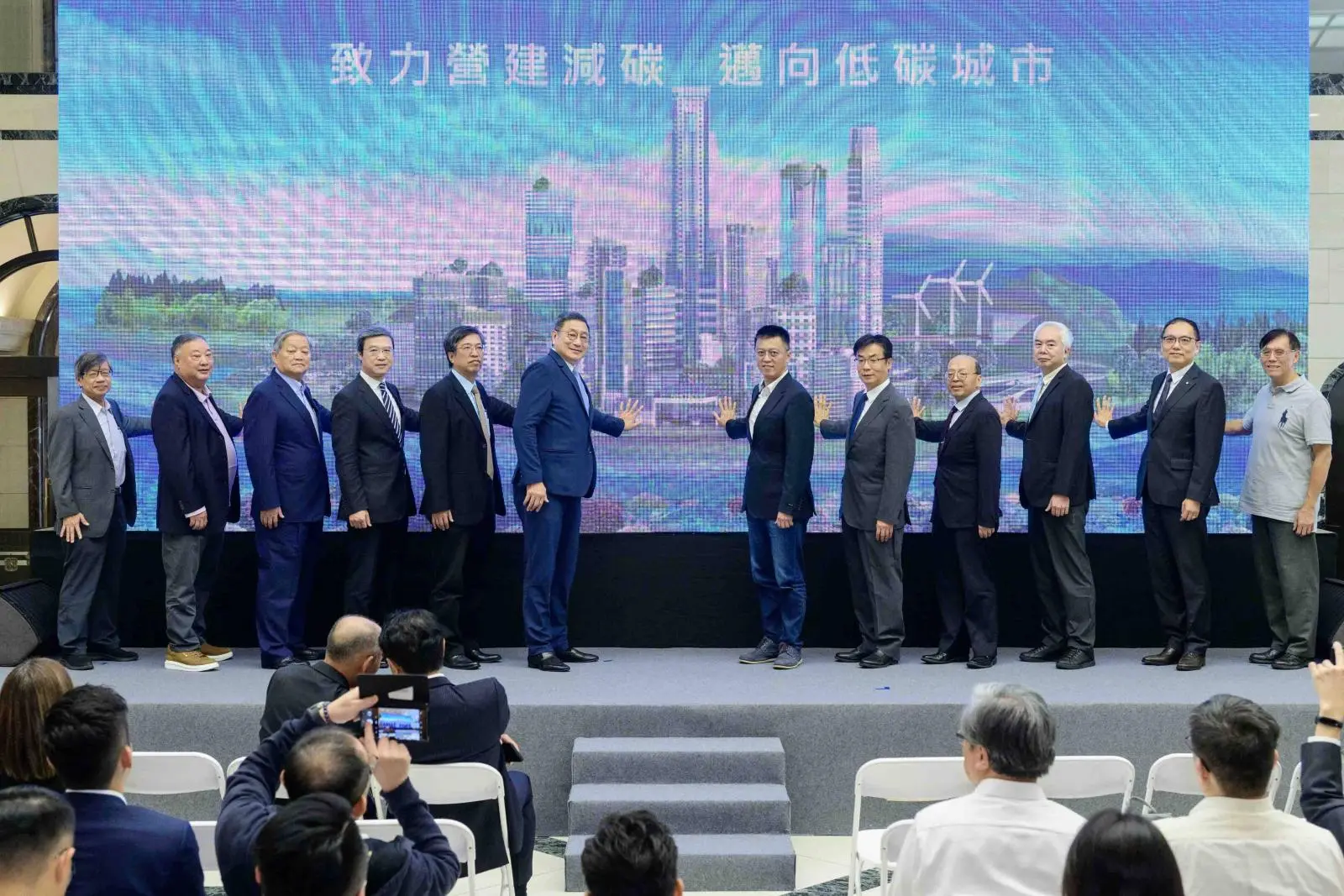
On the 30th, TCC held the "TCC Total Climate Series_Low-Carbon Construction Materials Launch Event." Over a hundred top executives from construction and architecture industry, along with distinguished guests from the government, academia, and industry, gathered to witness TCC's launch of the lowest carbon "Portland Limestone Cement," "TCC Portland Limestone Cement Concrete," and UHPC low-carbon, high-quality construction materials, collectively responding to the commitment to reduce carbon in construction and move towards the goal of a low-carbon city. At the press conference, Fubon Land Development Co., Ltd. (hereinafter Fubon Land Development), a subsidiary of Fubon Group, became the first customer. The Fubon Property Insurance headquarters building project, located in Taipei City, will be constructed using Taiwan's lowest carbon concrete—TCC's Portland Limestone Cement Concrete. TCC's President, Roman Cheng, and Fubon Land Development's Chairman, Song Liang-Zheng, officially signed a letter of intent for the project. The UN has demanded a 40% reduction in embodied carbon primarily from construction materials by 2030; The Ministry of the Interior, the Water Resources Agency, and the Public Construction Commission in Taiwan have also planned to launch policies and requirements for promoting carbon reduction in construction, such as low-carbon building certification, starting from 2024. Aiming at the global trend and business opportunities for carbon reduction in construction, TCC leads the domestic cement industry by launching a full range of low-carbon products. The first targets listed companies, construction firms, and contractors that value ESG, and promotes the guarantee of "TCC's low-carbon cement, reducing carbon without compromising strength!" TCC has also become the only company in Taiwan currently capable of proposing a comprehensive "Low-Carbon New Energy Integration Solution" for the entire life cycle of a building—this includes low-carbon construction materials during the construction phase, green electricity and energy storage setup, green electricity transfer after the building is completed, and waste disposal after the demolition of the building.
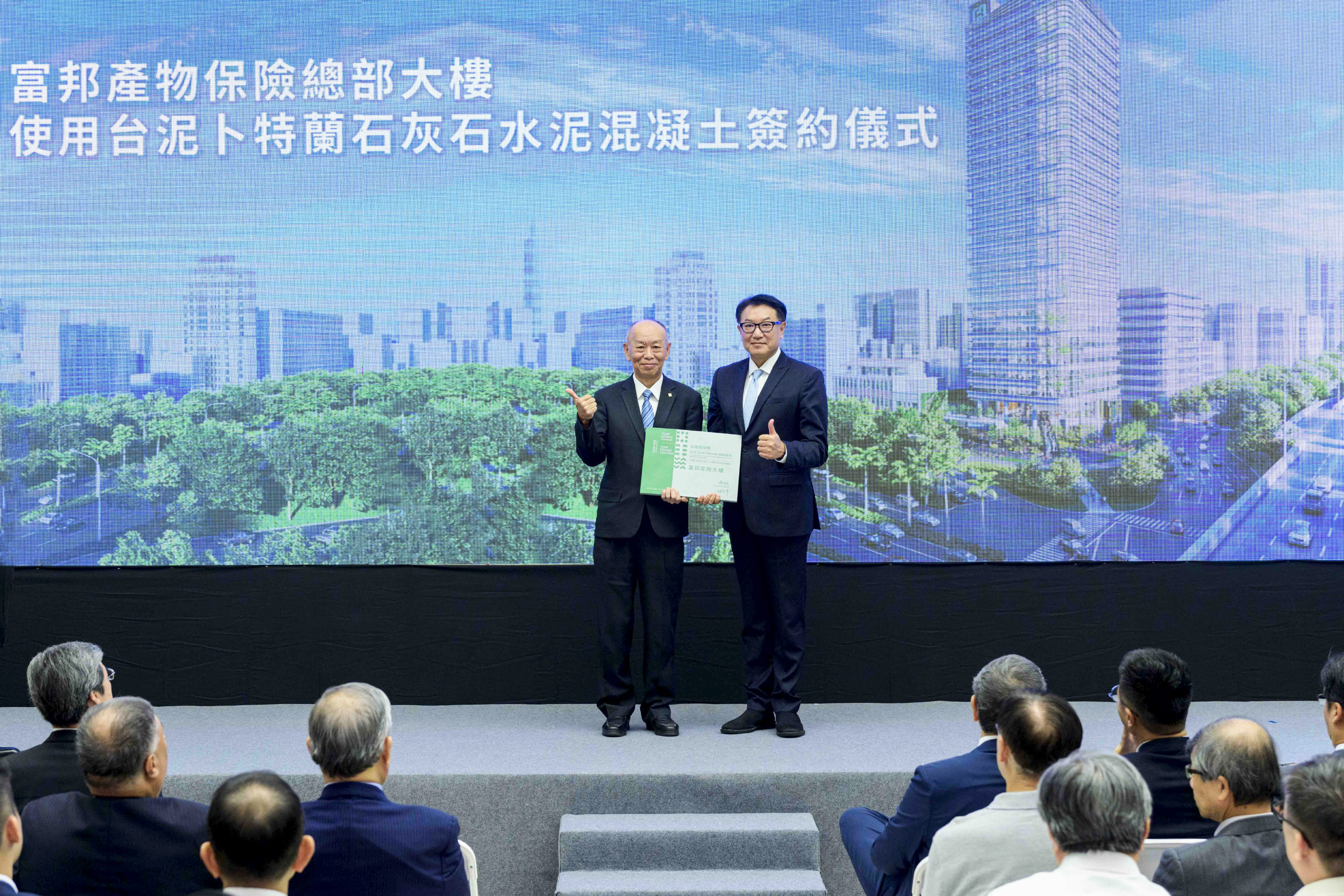
TCC's Chairman, Nelson An-ping Chang, upon seeing over a hundred high-level construction and building professionals and TCC distributors gathered, emotionally stated: "Thank you all for coming to TCC today, for helping TCC, for helping our country, for helping this Earth. Together, we take this step towards the blue ocean. This is the future of humanity's blue ocean, not just TCC's." Nelson An-ping Chang pointed out that when he took over in 2017, the words "Total Climate Commitment" were already written on the exterior wall of the company, indicating that they were already moving towards low carbon. Taking the first step now, TCC becomes Total Climate Concrete. Cement concrete, no matter what, remains the most important building construction and is an irreplaceable low-carbon construction material. But he also believes that TCC's launch of low-carbon construction materials is just the first step, "because we haven't reduced enough yet." According to the SBT 1.5°C pathway, TCC has set a target to further reduce carbon emission intensity by at least 30%. Nelson An-ping Chang pointed out that July 2023 is the hottest year in recorded human history, and it may even threaten the survival of all humanity in the future. This is no longer about business, but the survival of humanity as a whole. Nelson An-ping Chang also revealed that TCC could assist in handling construction waste in the future. He said to all the senior executives of construction participated in the press conference, "You are now dealing with astronomical numbers of construction waste after demolition, and the handling is not adequate. In the future, what we hope to achieve is to recycle and reuse all the ready-mixed concrete from demolished buildings. In addition to reducing carbon emissions, the strength quality will not be affected."
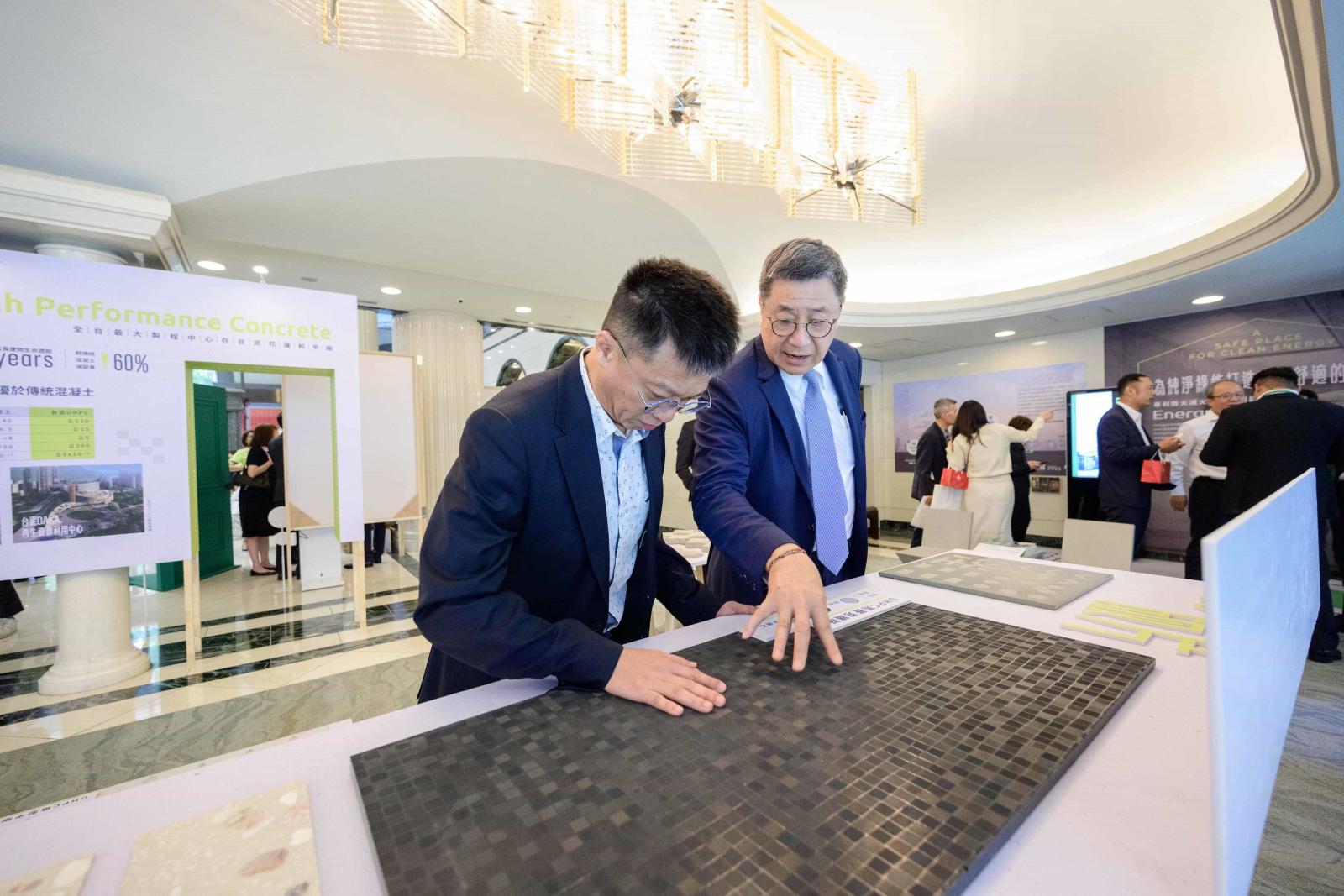
Today, Cheh-Liang Yeh, the Deputy Commissioner of the Public Construction Commission who was invited to attend the press conference, revealed that the government purchases 220,000 items annually and will gradually introduce carbon intensity declarations. This will allow for an understanding of how much carbon is used within the government's budget; In the future, for public buildings, from the beginning of construction, contractors will need to estimate the amount of carbon used, and upon completion, provide a list that includes the amount of materials used and the total carbon footprint of the entire building. BSI Northeast Asia Regional Manager, Peter Pu, pointed out that according to the statistics he has seen, the international green bonds are issued most for low-carbon buildings, followed by low-carbon transportation and waste management, with solar energy and wind power ranking fourth and fifth, respectively. This signifies that companies around the world are raising funds and issuing bonds to research low-carbon construction.
According to statistics from the UNEP, the construction and public works industries account for 43% of global carbon emissions, of which 15% are due to the transportation, construction, and other processes involving construction materials. The UN has set a goal in 2021 that by 2030, the net-zero energy consumption and embedded carbon in new buildings must be reduced by more than 40%. Looking at the life cycle of a building, cement and concrete account for 20% of carbon emissions. In the life cycle of public works, the carbon emissions from cement and concrete account for more than 50%. Therefore, in the National Development Council's 2050 net-zero emissions pathway, the construction sector is listed as one of the four key carbon reduction sectors. The Ministry of the Interior plans to launch a low-carbon building certification focused on construction materials in the first quarter of next year; the Public Construction Commission plans to disclose carbon emission projects; the Water Resources Agency is also planning to require bidding contractors to submit a carbon budget for the project, and to attach carbon emission reports certified by the suppliers of construction materials. The continuous actions from several major public sectors further confirm that starting from 2024, low-carbon buildings and low-carbon engineering will gradually become the mainstream in the market.
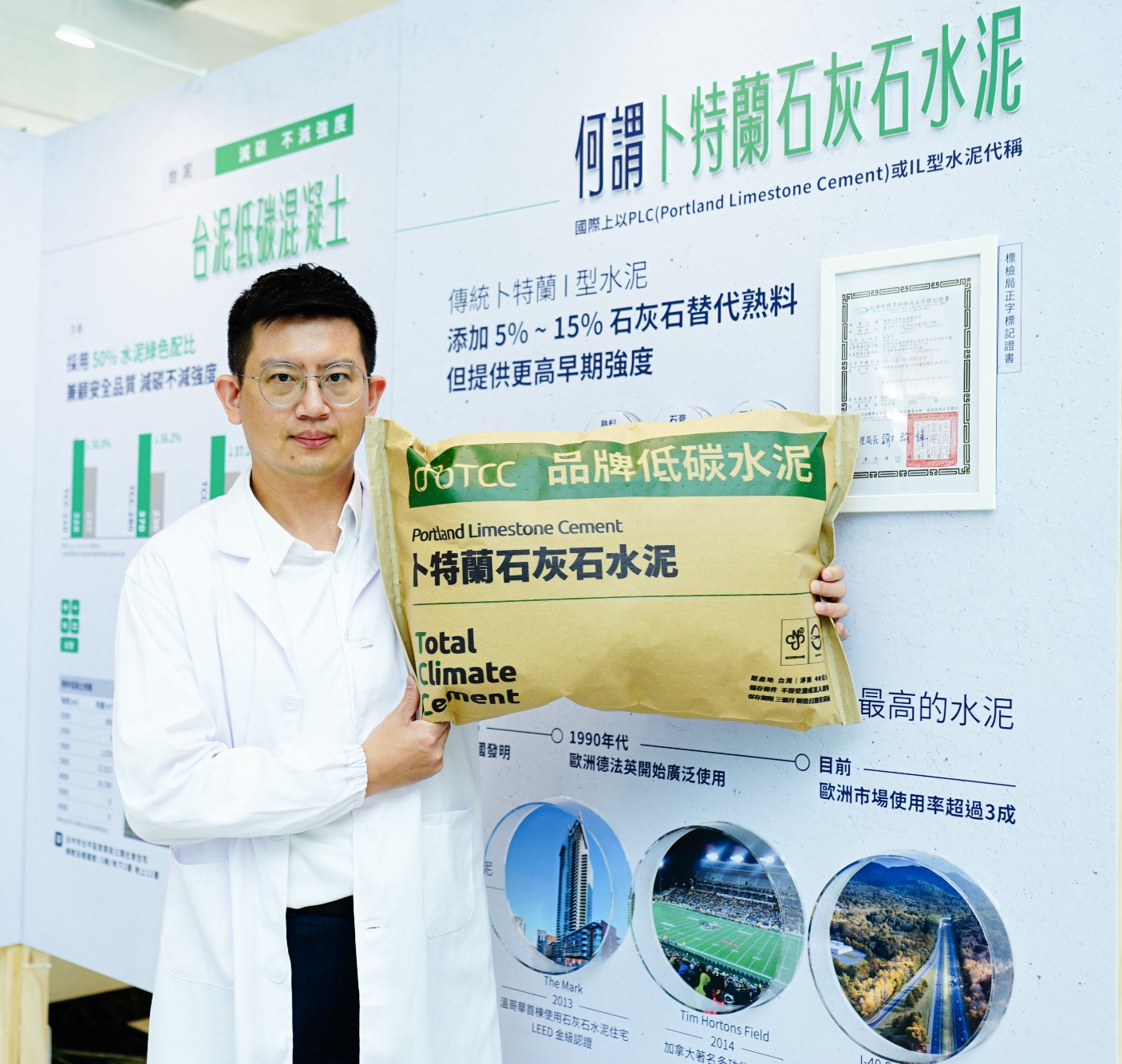
TCC is currently the only cement company in Taiwan that has obtained both the Environmental Protection Administration's Carbon Label and the Carbon Reduction Label. In the new Total Climate series of low-carbon products launched by TCC, the most notable is the Portland limestone cement, which achieves a carbon reduction of 15.4%. Limestone cement has been a carbon reduction pioneer in the European market for many years, currently holding a market share of over 30% in Europe. TCC has innovated and developed a greener, lower-carbon formula, allowing Portland limestone cement to completely replace traditional Portland Type I cement, while offering higher early strength. TCC has also launched a Portland limestone cement concrete with a 50% green mix ratio. It has better durability and higher early strength compared to traditional concrete, with slump and consistency identical to that of Portland Type I cement concrete. It is also fully compatible with the concrete admixtures traditionally used, making it suitable for general construction and projects. To assist construction companies and contractors in understanding the carbon reduction benefits of using low-carbon construction materials, TCC provides its self-developed "Low-Carbon Building and Project Carbon Emission Estimation System" at the planning stage for owners. This system helps owners preliminarily calculate the carbon reduction effect that can be achieved by using TCC's low-carbon construction materials, based on the floor area and the estimated amount of cement and concrete to be used. Once the design drawings are confirmed and construction begins, every shipment from TCC will clearly indicate the "carbon emission figures." Owners can also keep track of carbon emissions and raw material source information, related inspection reports, and certificates accredited by international certification bodies at any time in the "TCC Product Traceability System."
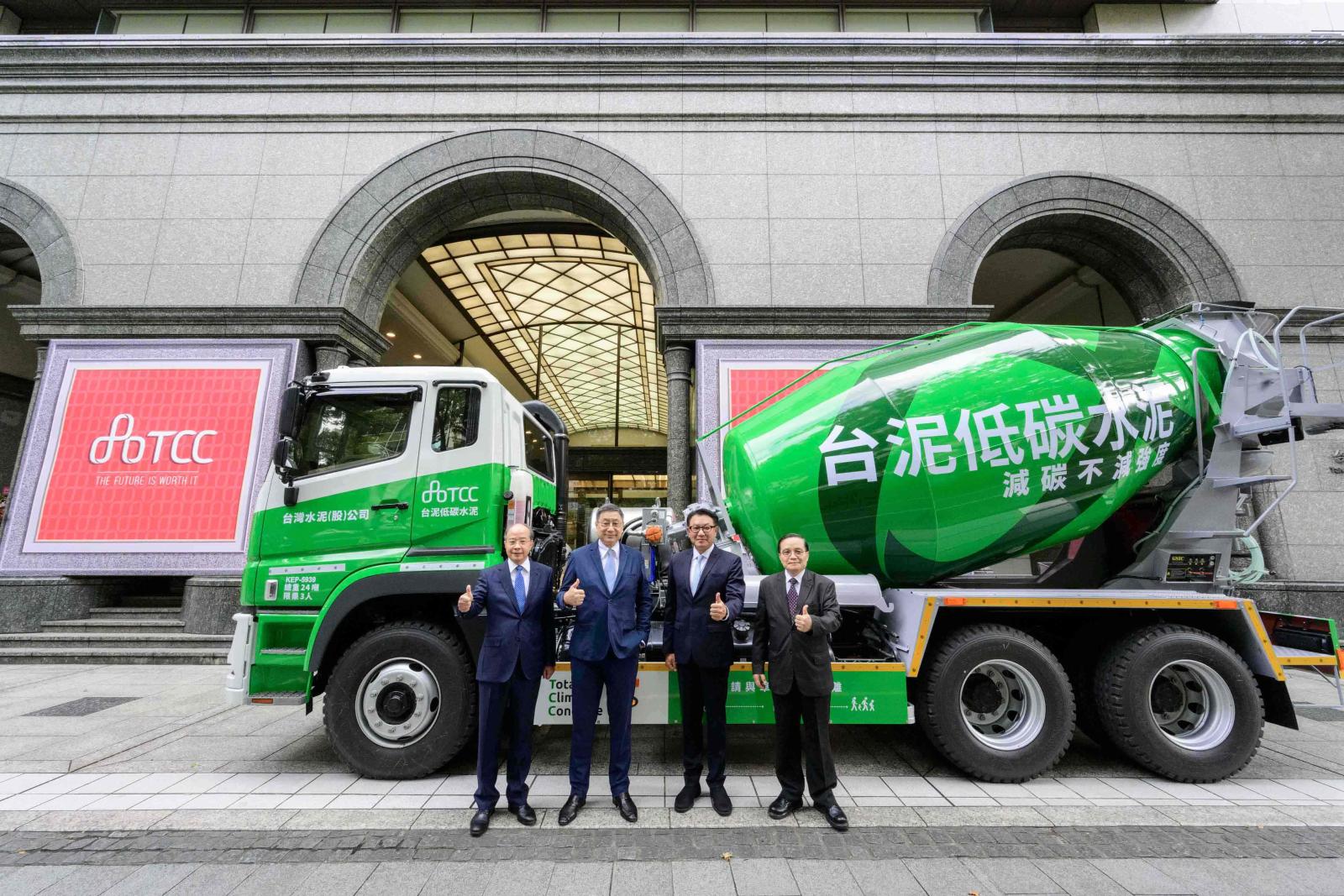
TCC also announced the establishment of the largest UHPC (Ultra-High Performance Concrete) advanced concrete material processing center in Taiwan at its Hualien Hoping Plant, and launched UHPC panels, KT boards, and brick products. Among the most noteworthy is the EnergyArk, a patented fire proof & extinguishing guarantee energy storage cabinet that debuted at the energy exhibition. This signifies that TCC has gradually transformed from a raw material supplier based on sales volume into a construction materials brand offering high-quality products. UHPC is a customized pioneer product that is highly favored by master architects in European and American countries. UHPC is not only low-carbon but also exhibits strong flexibility characteristics, allowing for the creation of designs ranging from flat surfaces to hollowed-out patterns to curved shapes. This enables construction materials to break free from the rigid traditional design, bringing new appearances and artistic charm to architecture. The famous Louvre Abu Dhabi's carved double dome is composed of 3,900 pieces of UHPC.
More Related Information
-
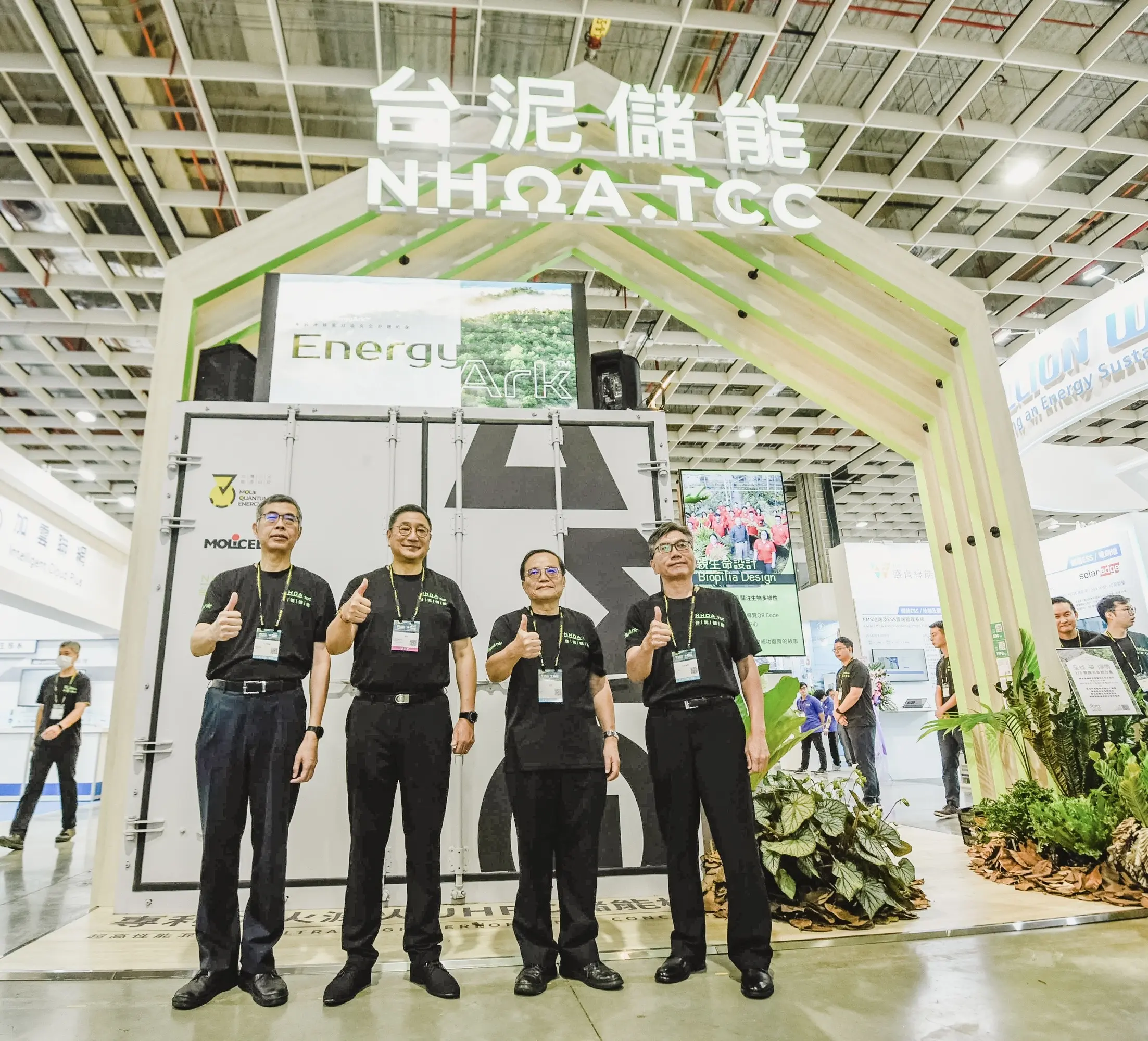 2023.10.18The World’s First Energy Storage Cabinet, Energyark, Combines Low-Carbon Construction Materials and New Energy Sources for Safe Energy Storage
2023.10.18The World’s First Energy Storage Cabinet, Energyark, Combines Low-Carbon Construction Materials and New Energy Sources for Safe Energy Storage -
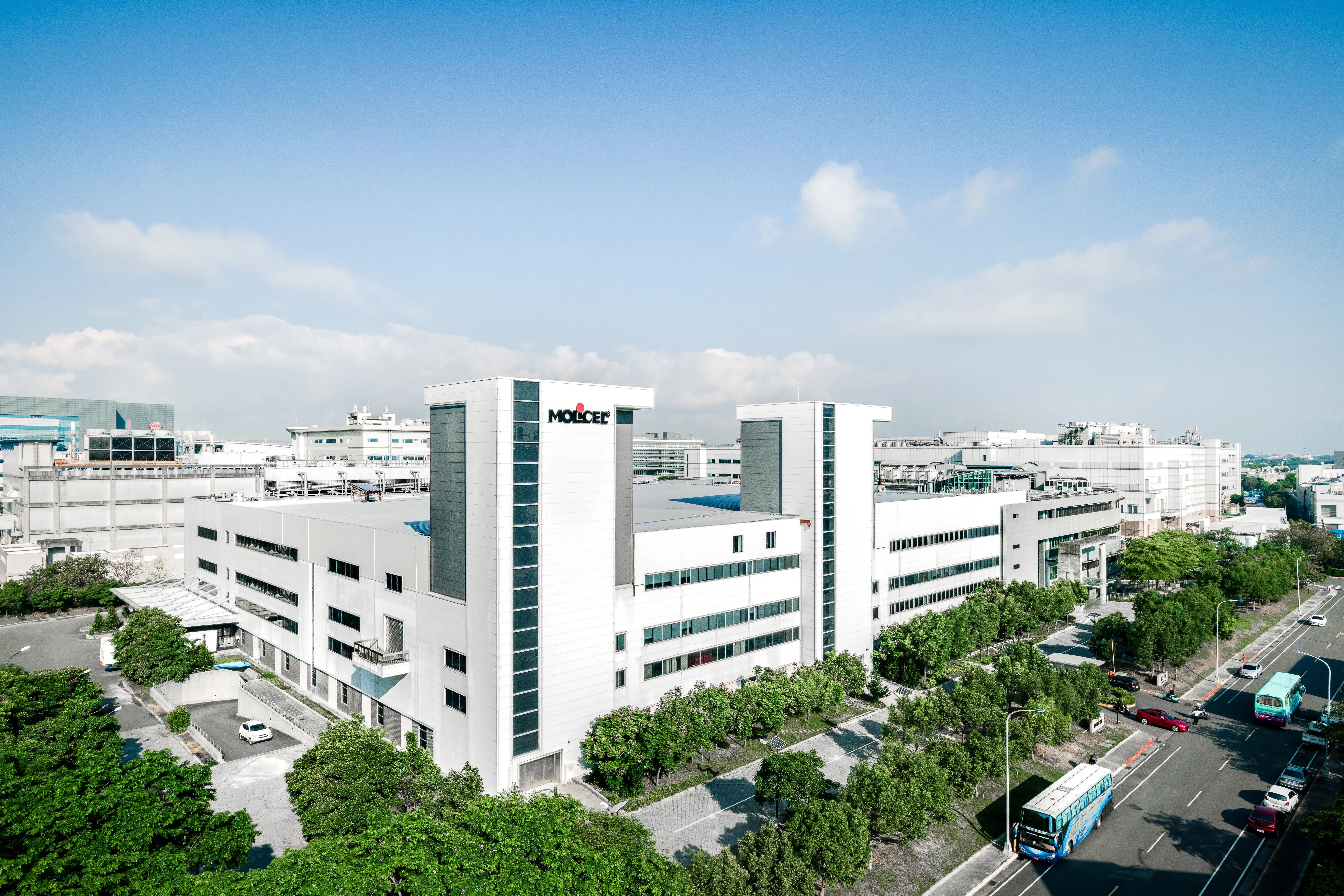 2025.07.16E One Moli Corporation Running at Full Capacity to Take Over Global Clients; International Credit Rating Agencies Assess Minimal Impact on TCC; Insurance Claim Process Initiated.
2025.07.16E One Moli Corporation Running at Full Capacity to Take Over Global Clients; International Credit Rating Agencies Assess Minimal Impact on TCC; Insurance Claim Process Initiated. -
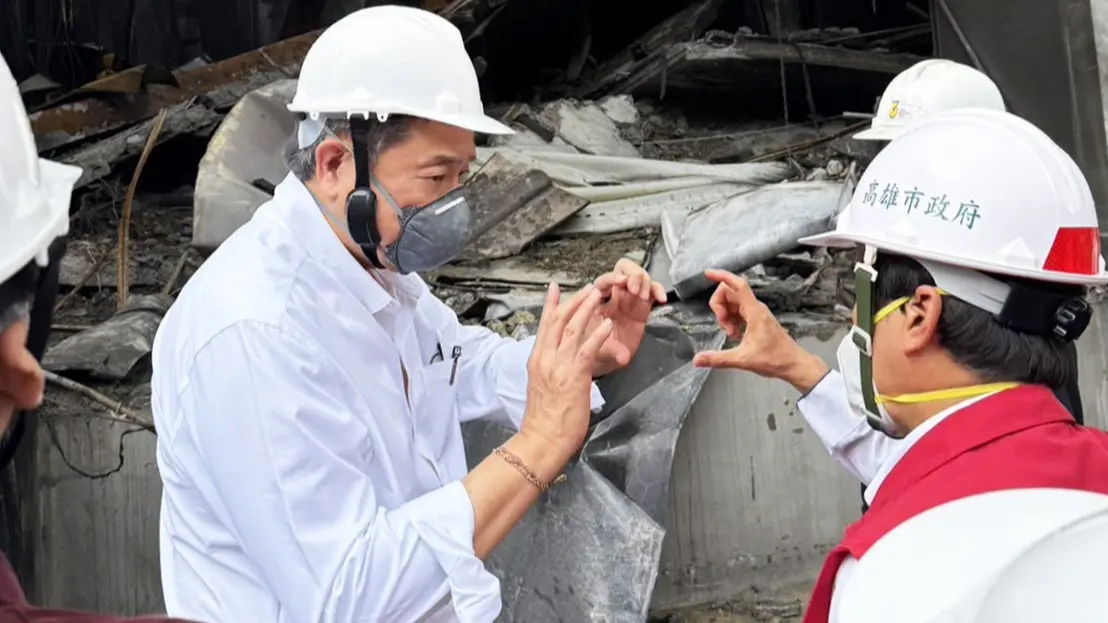 2025.07.15TCC Chairman Nelson Chang urgently returns to Taiwan to take command, orders a thorough investigation into the cause of the fire and strict accountability
2025.07.15TCC Chairman Nelson Chang urgently returns to Taiwan to take command, orders a thorough investigation into the cause of the fire and strict accountability


